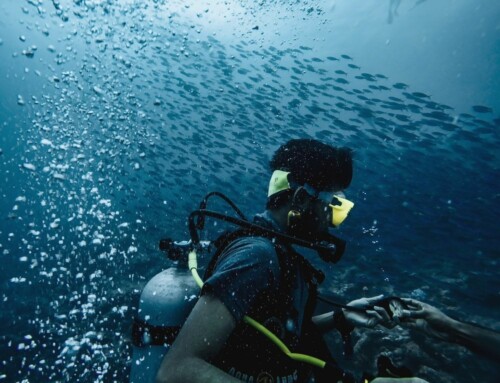The Ultimate Guide for diving Molas with Legend Diving Penida
Probably every diver knows about scuba diving with Mola Mola in Nusa Penida. But in fact, there are no Mola Molas in Nusa Penida. Okay, there are Sunfish swimming around the islands. But the Mola Mola (or binomial name: Mola mola) is a different species to the Molas of Nusa Penida.
The Sunfish found around Nusa Penida and Lembongan are actually Mola alexandrini or Southern Sunfish. But more about the type later on.
Dive with Legend Diving Penida and Mola in Nusa Penida
The islands of Nusa Penida, Ceningan and Lembongan in Indonesia are high on a diver’s wish list. Healthy coral reefs, vibrant currents and a high diversity of marine life.
But there are two things that make the area stand out to every dive site in the world. The majestic Manta Ray, that can be seen in the water all year round. And the weird Mola, that is very elusive and shows up only for a short period of the year.
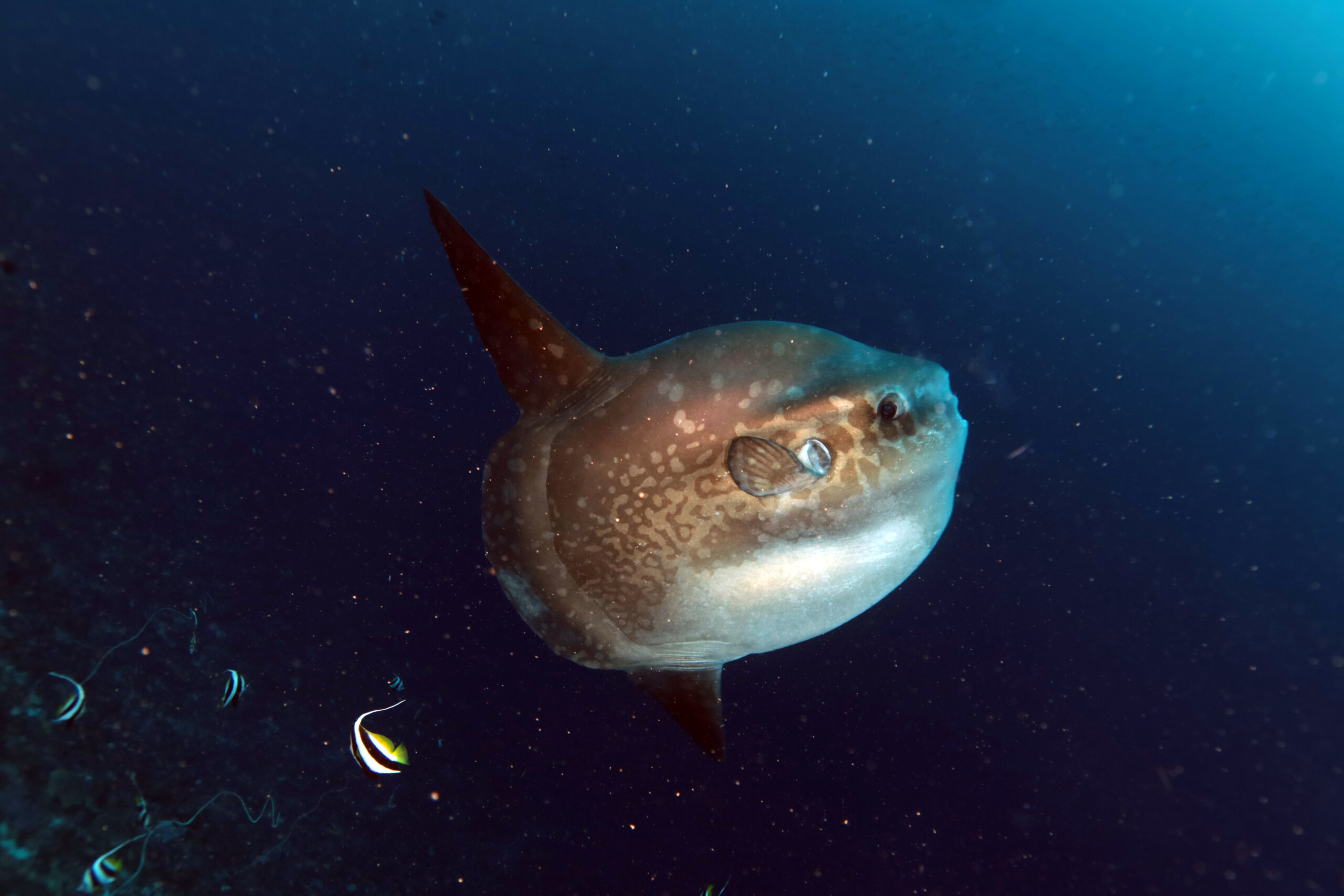
When is the Mola season?
Between July and October is when everybody gets excited to jump into the water. It´s the time when Mola alexandrini appears from out of nowhere. The “Mola season” attracts scuba divers from all over the world.
But it seems that this Mola season is, in fact, a “human season” as it coincides with a large influx of tourists coming to the Nusa Islands. With more divers in the water, the chance to see a Sunfish is higher. More information needs to be gathered to better understand Molas and their lifecycle.
Why do they come up?
Sunfish spend most of their life in depths were no recreational diver can go. But from time to time, they approach shallower waters. Here they seek for a nice cleaning retreat. Cleaner fish like longfin bannerfish or angelfish eat the parasites of the Sunfish´s skin.
Another reason to come up is to soak up the sun. Sunfish like to bask on the surface to warm up their bodies after a long dive in freezing deep waters. And it prepares them for the next deep dive to hunt for prey.
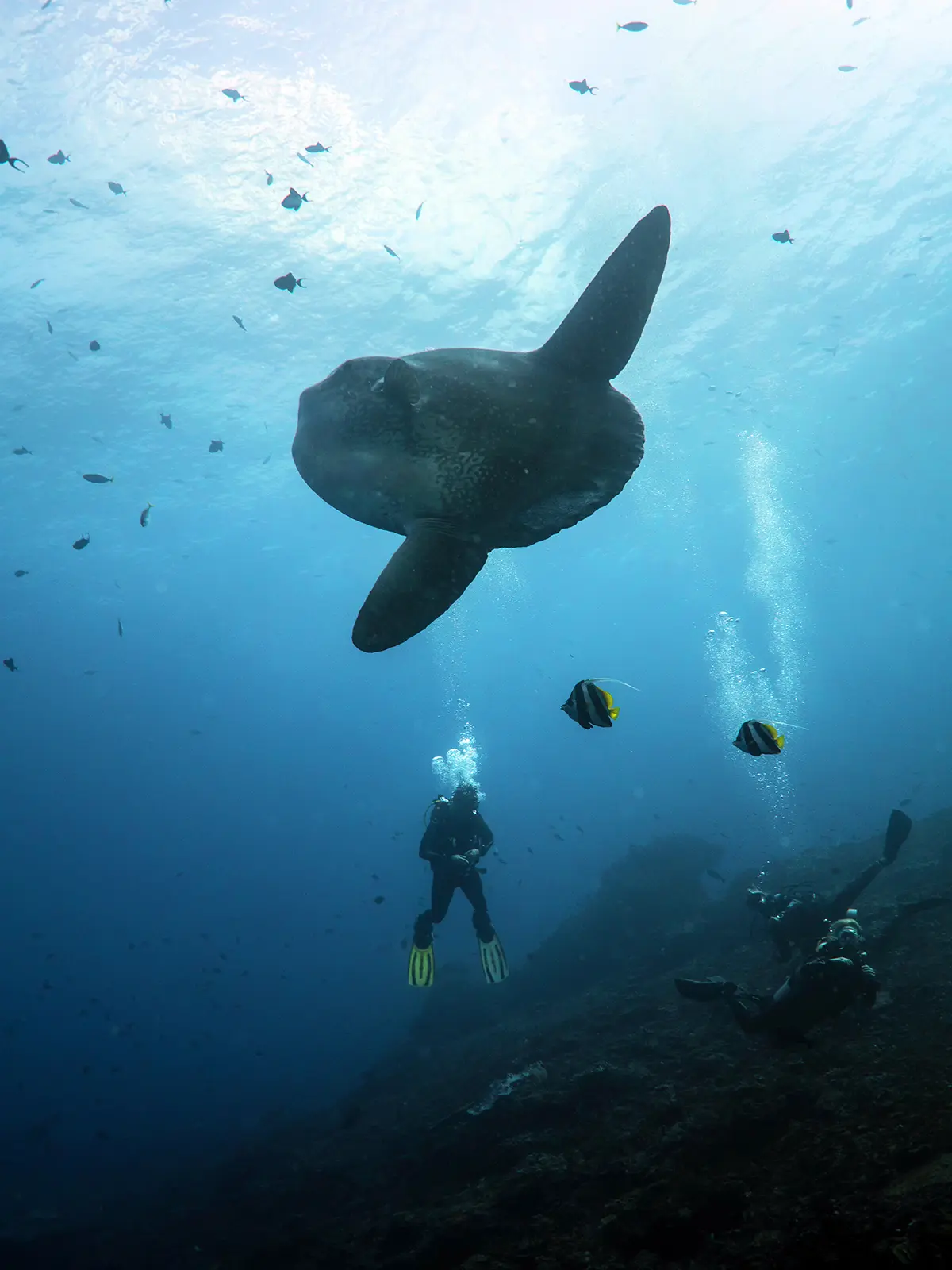
The best Mola dive site
Crystal Bay is the place with the best chance to dive with Molas. There is a cleaning station and a deep drop off with strong currents. Molas like those conditions. Although we also see them at Blue Corner and occasionally in other dive sites around Nusa Penida.
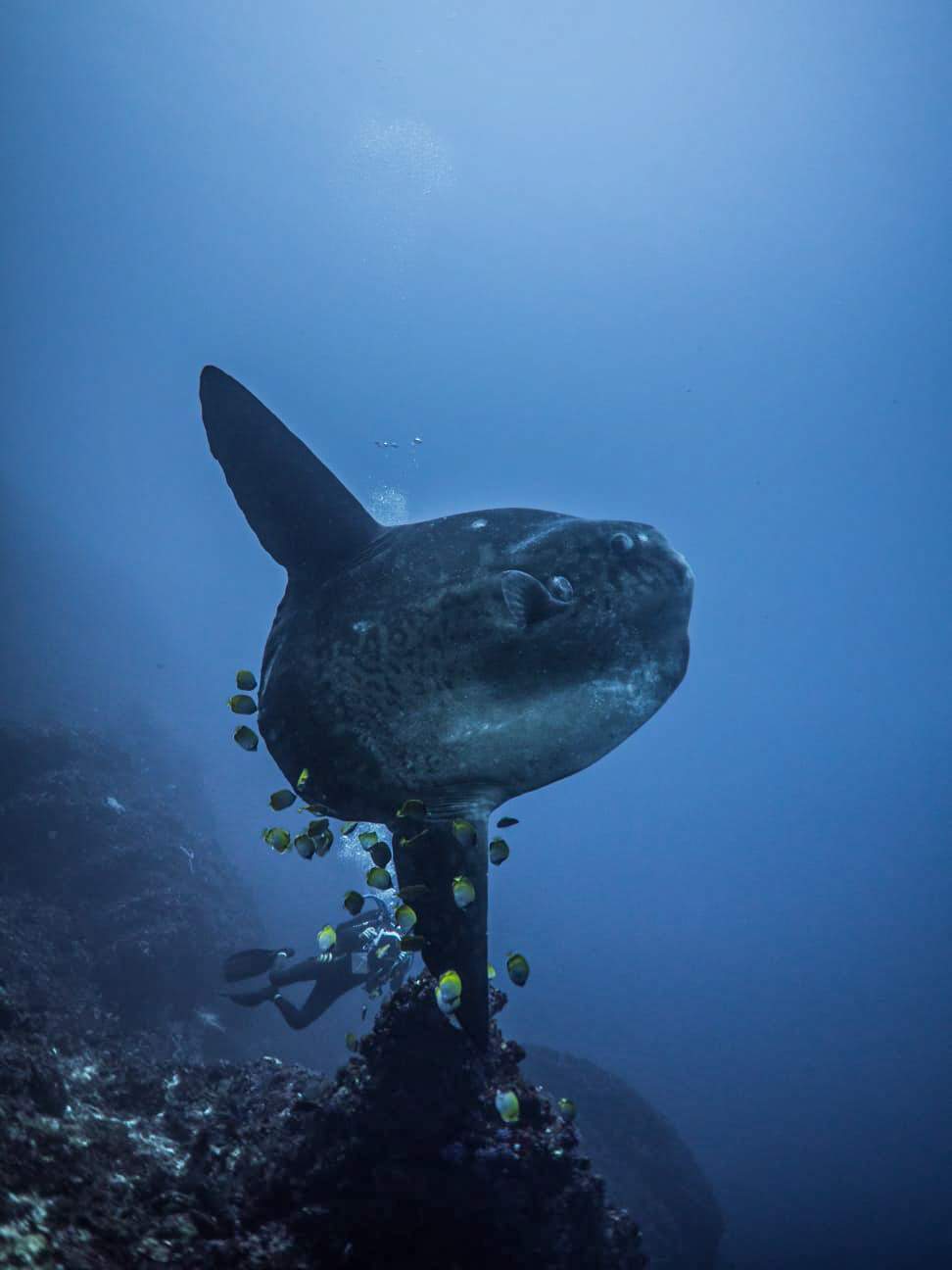
What is a Sunfish anyway?
A huge head, a flat round body, no real tail, extended dorsal and anal fins and big eyes. A Sunfish is probably one of the most awkward-looking fish in this world. Awkward-looking or not, Molas are amazing fish with great capabilities.
Enormous: Sunfish are the heaviest bony fish on earth. They can reach up to 2,300 kg in mass and 3,3 m in length.
Highly-reproductive: One single Mola can lay up to 300 million eggs. That´s a record and no other fish can do that. This is necessary though. The female and the male Sunfish just spawn their eggs and sperm into the water and that´s it.
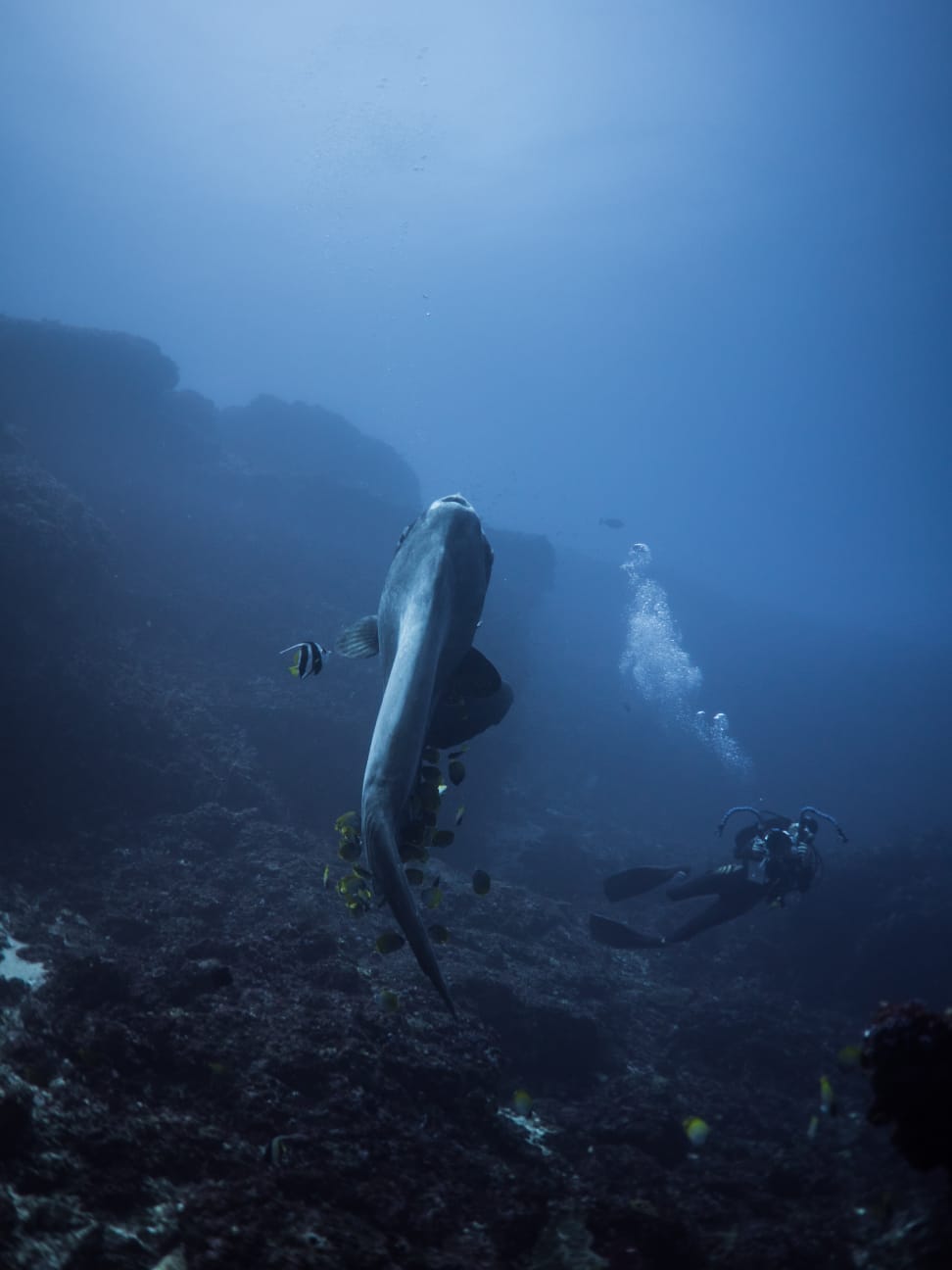
Fast-growing: The life of a Mola starts as larvae of 2,5-millimetre in size. Then they can grow to 60 million times their size from when they hatch. That´s another record.
Deep Divers: The deepest observed dive of a Mola was 644 meters. Although the approximate depth is between 90 and 170 meters. Those deep dives are very short though. After around 10 minutes the Mola swims shallower to warm up again.
The Sunfish of Nusa Penida
As we mentioned in the beginning, there is a bit of confusion about the Sunfish in Bali.
The most famous type of Sunfish is the Ocean Sunfish with its scientific name Mola mola. Its scientific name is commonly used in Bali for the Sunfish swimming around Nusa Penida and Lembongan. But recent studies found out that this type is Mola alexandrini or Southern Sunfish or Bumphead Sunfish.
And there is more confusion about Mola alexandrini. This species was discovered in 1839 and was forgotten. So, when scientists found out that the Sunfish of Bali is not Mola mola, they first called it Mola ramsayi, as a new species.
Only in 2017, they found out that Mola ramsayi and Mola alexandrini are the same types. Since then the Sunfish of Bali is called Mola alexandrini, as this was the first given name.
Code of Conduct
Molas and Manta Rays in the Nusa Islands attract thousands of divers every year. To have the lowest sustainable impact on our sea animals, a Code of Conduct was designed.
This Code of Conduct ensures that the animals can approach and settle on cleaning stations without getting stressed. So divers should not chase, touch or get too close to the Mola. For us, it´s very important that everybody follow the guidelines. So we point it out in each briefing. We love our marine life and want to protect it.
Match my Mola!

Like the belly of a Manta Ray, the pattern is a Mola’s unique fingerprint. Every Sunfish can be identified by it. So if you have pictures of a Mola, you can upload it to the Bali Sunfish Photo Identification Catalogue. That helps researchers get more information about our elusive friends.
The research project is primarily looking for:
- Side-on images/footage taken as parallel to the camera as possible;
- Images/footage from either or both sides;
- Images/footage with no/few obstructions such as bubbles, cleaner fish or shadows;
- Images/footage sufficiently clear to see the skin patterns;
- Original images with no manipulation, in any format and the higher resolution the better.
The Mola signal
To get 100 % ready for a dive with Molas, everybody should know the dive signal for Mola. It´s actually the shaka sign, that all surfers use to point something really cool. So it just makes sense to use this sign as a Mola signal. Because seeing a Mola is also very cool.


